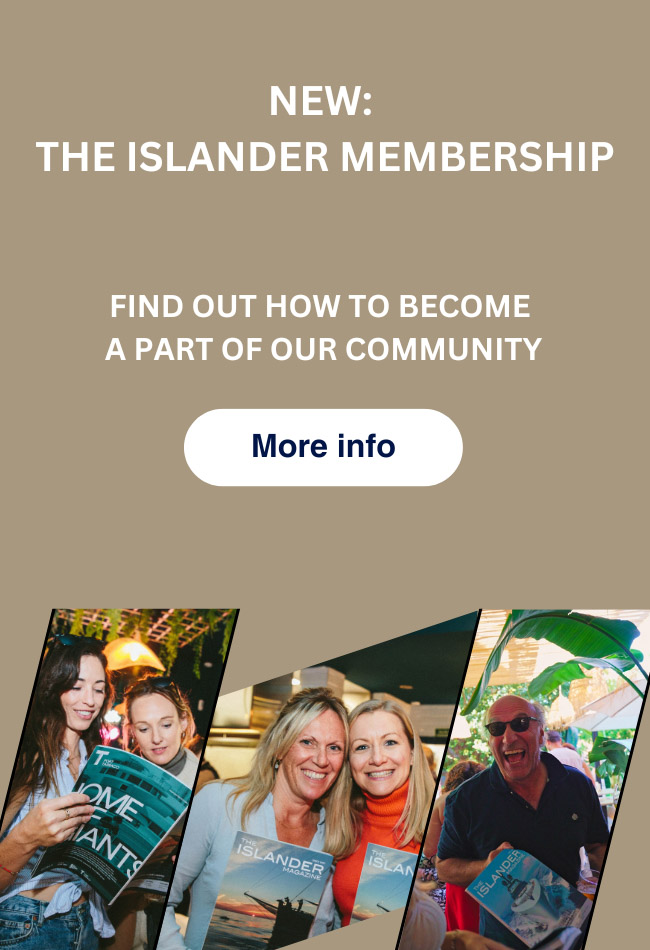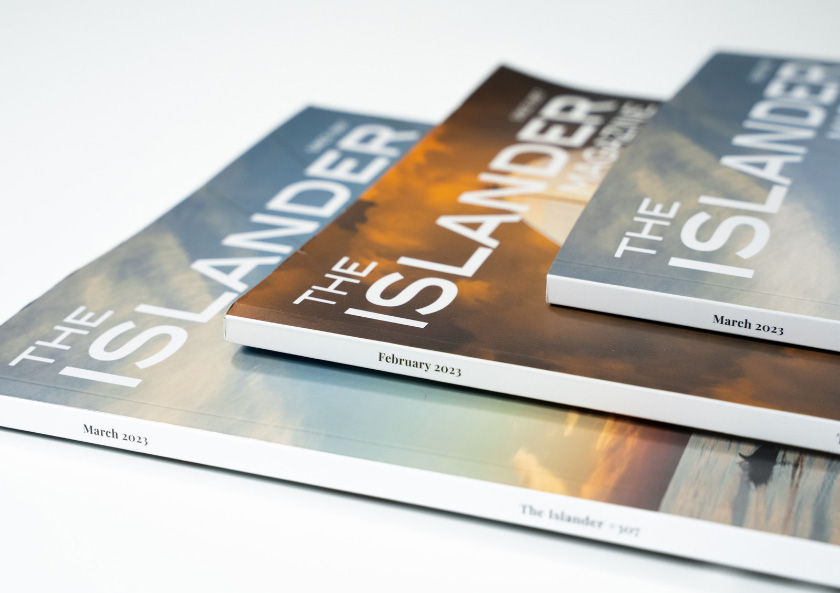A year ago, I wrote an article for The Islander called ‘2020 Vision’ which was full of hope for the year ahead and advice for setting goals which would help you to achieve your dreams in 2020.
Reading it now, I realise that it is as relevant for 2021 as it was for 2020 but I think given this extraordinary year we need to reflect on what we have learnt and how we can use that to inform our plans for the year to come.
When I reflect on last year, I realise that a lot of the things that I thought were important and that I wanted for my life, weren’t that important after all. It became obvious that there were things, relationships and places that I didn’t miss at all and didn’t have any desire to spend my time on or in again. I also realised what was really important to me because they were the things, relationships and places that made me feel happy or that I missed the most.
So, what can we take from this, and how can we use our reflective practice for project 2021?
Here are some steps you can take to help you reflect on the past year and plan for the next.
- Review the last 12 months.
Take some time to yourself and, with paper and pen, or a screen, whatever you prefer, work through these questions and make some notes. Then answer the final 3 questions and use those as the basis for your plan.
What were the highlights of the last year, the standout moments of joy and inspiration? The moments of comfort and security, the moments when I stepped outside my comfort zone?
What have I learnt about myself? What are the values that I hold most dear? What are my strengths and talents? What am I good at that I didn’t realise before now? What am I passionate about? What have I learnt about my personality and how others perceive me? What do I like about myself and am I proud of? What would I like to work on?
What were some of the lowlights of last year? What was really tough? What made me unhappy? What did I really miss? What was frustrating or upsetting? How did I treat myself in those moments? What was the effect of that? Who did not add value to my life?
- What did I learn from this reflection?
- What do I intend to keep in my life and nurture and grow?
- What do I intend to let go of?
- Define your purpose or ‘Ikigai’
This is a biggy and many of us never get there or take a long time to find it, but this is your year! Make it work for you by taking a little time to invest in yourself and understand what you are for!
We all have inherent strengths and talents, and when we find those and focus on what we are natural good at and enjoy doing, we find our purpose, our ‘why’ or our ‘Ikigai’ which is a Japanese concept meaning ‘a reason for being’. I promise you that when you find it, happiness and success follow easily.
This model helps you to understand how to find that sweet spot:

There are lots of great books out there which explain how to find your purpose in life, including ‘Ikigai The Japanese secret to a long and happy life’ by Héctor García & Francesc Miralles and ‘Start with Why’ by Simon Sinek. If you prefer a short cut, here are the steps in brief:
Step 1: List out,
- What you love to do
- What you are good at
- What the world needs (from you)
- What you can be paid for
Step 2: Identify What Intersects
- At the intersection of what you love and what you are good at is your passion.
- At the intersection of what you love and what the world needs is your mission.
- At the intersection of what the world needs and what you can get paid for is your vocation.
- At the intersection of what you are good at and what you can get paid for is your profession.
Step 3: Find Your Ikigai
The “sweet spot” in this ikigai diagram is something you are passionate about, that you are also good at, that the world needs now, and for which someone will pay you. For example, I am passionate about developing talent, I am also skilled at it, there is a need for it in the world, and I have clients who pay me for it, so I have found my ikigai sweet spot…!
When you think about what your purpose is and you’ve worked through your Ikigai diagram, you might still have these questions to ask yourself in order to overcome the final self-imposed barriers to your own success.
- Do I let fear hold me back from pursuing my dreams?
- Is it fear of failure, of change or even of success?
- How can I invest in myself to remove these barriers and step into my own potential?
- Make a plan!
Now is the time to begin to plan in the activities that will get you to where you deserve to be. Grab a notebook that is dedicated to your plan, write down the books you will read, the courses you will take, the places you will go and the people you will talk to, connect with or reach out to. Set yourself some goals and deadlines, create a vision board! (Refer to my article from last year if you want a reminder of how to do those things)
Don’t over face yourself, set a few goals each month all driving you towards the BIG goal or goals for your whole life, remember this is a journey and you should enjoy it, that’s the trick!
- Create a ‘bucket list’
This is great fun to do and really lovely to go through with your friends or significant other as well as on your own. Think about all the places you would like to go this year, where you’d like to eat, what you want to see, adventures you want to have. Just the things you want to do for fun, the stuff that feeds your soul. And if you find some of it also fuels your ambitions you know you are on the right path!
Remember we bring life to work, and work to life so to separate them completely can be our undoing, find a role in life and in work which feeds you and which serves others in a meaningful way, this is your time to spend as you wish, make it count.
Sara Ballinger
Managing Partner
Crew-Glue













0 Comments